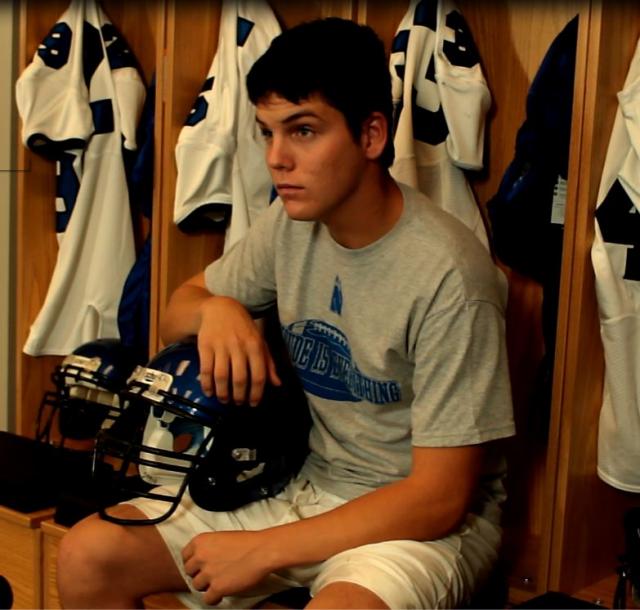The blame game
Why do such attitudes among coaches and parents persist, who's to blame, and more importantly, what can be done about it? A lot has to do with the pervasive "warrior mentality" of contact and collision sports, but parents and coaches also point fingers at each other.
Nearly half of all coaches in a 2012 survey by SafeKids Worldwide [4] reported being pressured by parents, or the kids themselves, to play an injured child during a game, with the most notable pressure coming from parents, and being directed towards paid coaches, demands which may be hindering coaches' ability to keep player safety as a top priority.
For their part, fully half of parents with children age 12 to 17 playing school sports admitted in the same 2012 survey to knowing a coach who returned a player to sports too soon after a concussion, althought it is unclear whether such coaches did so as a result of a win-at-all-costs attitude or due to a lack of education about concussion, since an alarming half (52%) of all coaches in the survey reported holding the mistaken belief that there was an acceptable amount of head contact (ie. getting their "bell rung", seeing stars) young athletes could sustain without potentially causing a serious brain injury. Most worrisome was the fact that the percentages of those who felt this way was highest among younger coaches under age 35, male coaches, and paid coaches, and was despite the fact that 9 out of 10 coaches knew that most concussions occur without a loss of consciousness.
Concussion seriousness downplayed
That many players (and presumably coaches) continue to downplay the seriousness of concussive events by labeling them 'bell ringers" or "dings" was highlighted in a 2013 study [5] by the same group of researchers at WakeMed Health and Hospitals, Raleigh, NC, the University
of North Carolina at Chapel Hill, and A.T. Still University in Mesa,
Arizona involved in the attitude study ("reporting study"), which found
 that a disturbingly low 13% of the high school athletes surveyed admitted to reporting events they considered bell ringers, most but not all of which were likely concussive
injuries.
that a disturbingly low 13% of the high school athletes surveyed admitted to reporting events they considered bell ringers, most but not all of which were likely concussive
injuries.
The study also found that many athletes indicated only moderate agreement with the statement that concussion symptoms were serious, and many believed reporting concussions to be somewhat embarrassing.
Along with their companion study finding that the attitudes of coaches, teammates and parents were the strongest influencers of reporting behavior by student-athletes, [1] these findings led study author Johna Register-Mihalik, Ph.D, LAT, ATC, Senior Research Associate at WakeMed Health and Hospitals in Raleigh, NC, and her colleagues to recommend more concussion education for athletes, parents and coaches about the signs and symptoms of concussion (including not just the most common athletes experience, such as headache and dizziness, but those experienced less often, such as nausea and amnesia), the serious nature of concussive injuries and the need to report bell-ringing events that might be considered so 'mild' that they go unreported.








